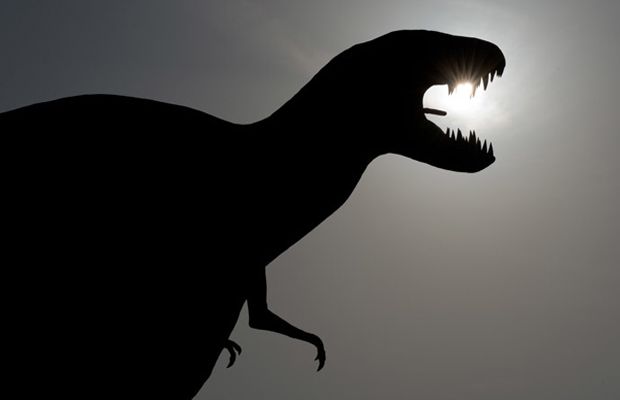Toronto: A dinosaur couple nicknamed ‘Romeo and Juliet’ unearthed at the Gobi Desert in Mongolia may have been a mated pair that was preserved side by side for more than 75 million years, scientists say.
The two raptors both died and were buried next to each other when a large sand dune collapsed on top of them, according to paleontologists at the University of Alberta.
The two oviraptors – birdlike dinosaurs – were given the nicknames ‘Romeo and Juliet’ because they seemed reminiscent of Shakespeare’s famously doomed lovers. However, the sex of the dinosaurs was not known.
“Determining a dinosaur’s gender is really hard,” said graduate student Scott Persons, lead author of the research.
“Because soft anatomy seldom fossilises, a dinosaur fossil usually provides no direct evidence of whether it was a male or a female,” said Persons.
Modern birds, the living descendants of dinosaurs, frequently show sexually dimorphic display structures. Such structures – like the fans of peacocks, the tall crests of roosters or the long tail feathers of some birds of paradise – are used to attract and court mates, and are almost always much larger in males (who do the courting) than in females (who do the choosing).
Back in 2011, Persons and his colleagues published research on the tails of oviraptors. Oviraptors were strictly land-bound animals, but possessed fans of long feathers on the ends of their tails.
This posed a question: If these dinosaurs were not able to fly, what good were their tail feathers?
“Our theory was that these large feather fans were used for the same purpose as the feather fans of many modern ground birds, like turkeys, peacocks and prairie chickens: they were used to enhance courtship displays,” said Persons.
“If we were right, and oviraptors really were using their tail fans to court mates, then, just as in modern birds, the display structures ought to be sexually dimorphic.
“We published the prediction that careful analysis of more oviraptor tails would reveal male and female differences within the same species,” he said.
In the new study, published in the journal Scientific Reports, Persons and his team have confirmed sexual dimorphism, after meticulous observation of the two oviraptor specimens.
“We discovered that, although both oviraptors were roughly the same size, the same age and otherwise identical in all anatomical regards, ‘Romeo’ had larger and specially shaped tail bones,” said Persons.
“This indicates that it had a greater capacity for courtship displays and was likely a male. By comparison, the second specimen, ‘Juliet’, had shorter and simpler tail bones, suggesting a lesser capacity for peacocking, and has been interpreted as a female,” he said.
According to Persons, the two may very well have been a mated pair, making for an altogether romantic story, as the dinosaur couple was preserved side by side for more than 75 million years.



